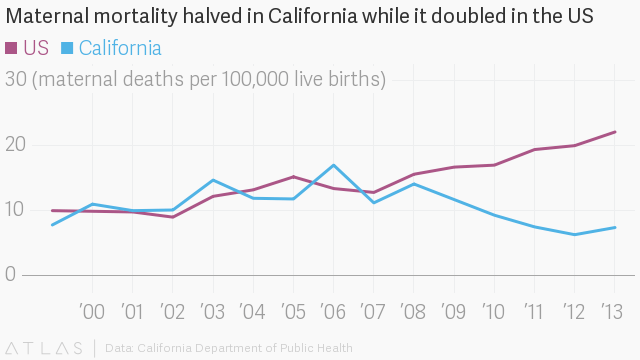Source: The problem of doctors’ salaries | Politico, by Dean Baker
an unavoidable part of the high cost of U.S. health care is how much we pay doctors — twice as much on average as physicians in other wealthy countries. Because our doctors are paid, on average, more than $250,000 a year (even after malpractice insurance and other expenses), and there are more than 900,000 doctors in the country, that means we pay an extra $100 billion a year in doctor salaries.
simply to fund more residency slots … could also limit the slots for many areas of specialization … end the requirement that foreign doctors complete a U.S. residency program in order to practice medicine in the United States … not only change the rules around who can practice, but to change the rules around what doctors do. There are many procedures now performed by doctors that can be performed by nurse practitioners and other lower-paid health professionals.
reduce the use of medical specialists by changing … the legal baseline that doctors and hospitals are expected to meet to avoid malpractice liability




